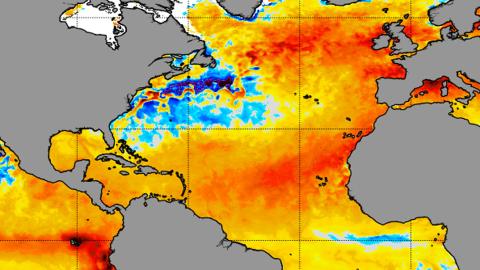
What will a warming ocean mean for zooplankton communities?
“From fish to whales, nearly every predator in the sea eats zooplankton, or eats something that does. Understanding how climate impacts zooplankton can help us predict ecosystem changes to build resilient, climate-ready fisheries and communities.” (NOAA)
“Zooplankton are extremely diverse, representing 15 phyla and accounting for ~40% of the world’s marine biomass.” They are a critical component of marine food webs—the link from phytoplankton to fish, sea birds and marine mammals. Scientists have found that zooplankton have declined worldwide and that decline will continue, according to climate models. A warmer and more acid ocean is impacting the top of the plankton food web: that shapes the entire plankton community through cascading interactions. This will change both ocean ecosystems and fish populations because there will be less food available.
A plankton study suggests that “marine ecosystems have entered the Anthropocene: “the changes are now big enough that we can say that these communities are different than before human influence.” It's not only declining populations, but as the ocean warms, zooplankton are moving away from the tropics toward the poles where the ocean is cooler. Some predators may be able to follow; others may not.
















